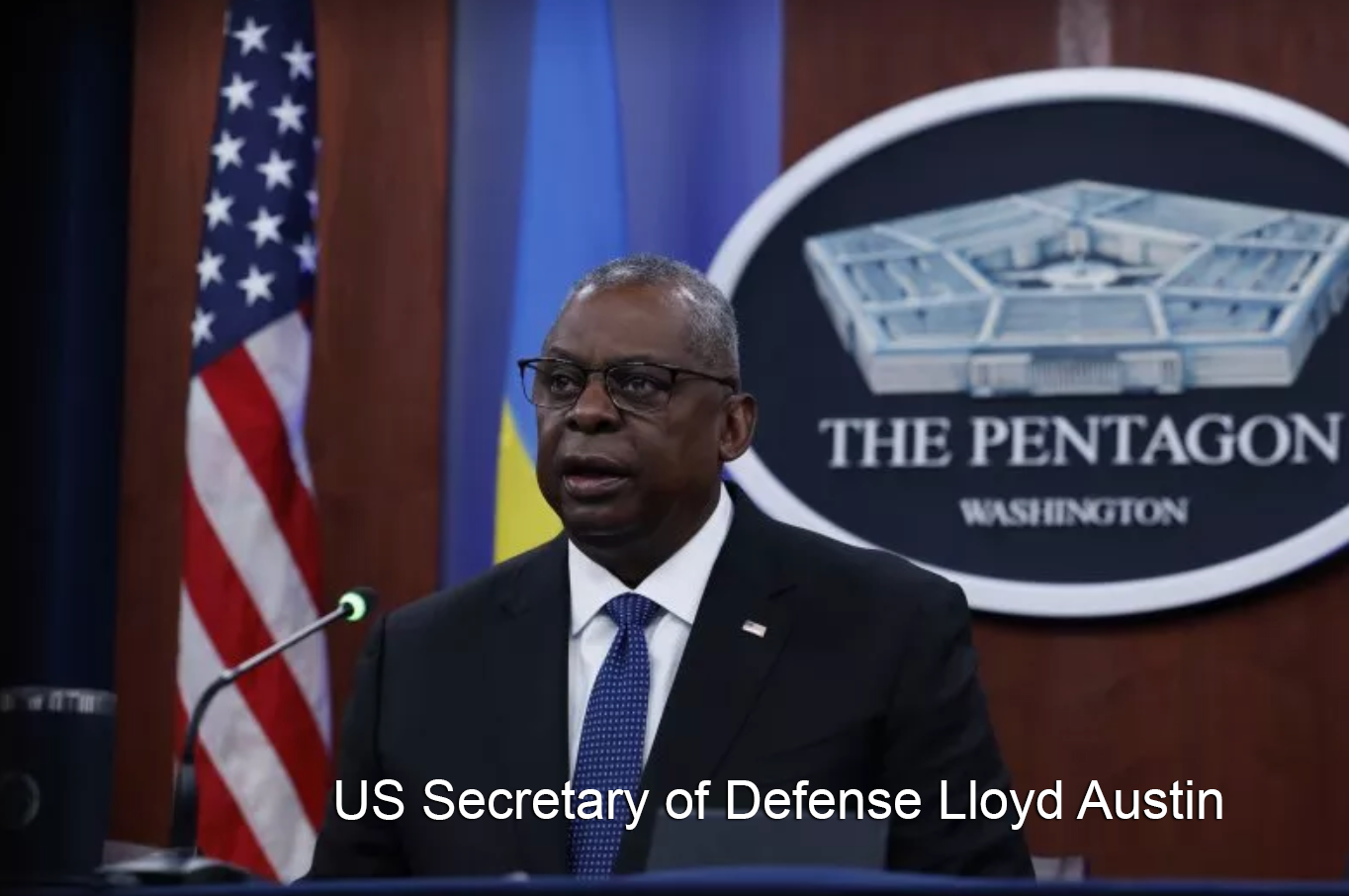By: The Editorial Board – wsj.com – January 1, 2024
After reports that some service members participated in the Jan. 6 riot, Defense Secretary Lloyd Austin ordered an independent study to get “greater fidelity” on extremism in the ranks. The think tank tasked with the report, the Institute for Defense Analyses (IDA), “found no evidence that the number of violent extremists in the military is disproportionate” to U.S. society. A review of Pentagon data suggested “fewer than 100 substantiated cases per year of extremist activity by members of the military in recent years,” the report says.
That figure could include a range of conduct and ideological bent, not simply the white supremacy floated in the press. Take court martials. Researchers found that “the prevalence of extremist and gang-related activity that are reflected in court-martial opinions is limited to fewer than 20 cases” since 2012. Gang activity isn’t typically political and, excluding those cases, the number falls to one a year.
One useful conclusion is that the military doesn’t need a new section of the Uniform Code of Military Justice to punish what few “extremist” criminal cases exist. Researchers note that commanders can rely on Article 116 (riot or breach of peace); Article 88 (contempt toward officials); Article 109 (destruction or damage to property); Article 115 (communication of threats), among others such as assault.
Even the Jan. 6 story isn’t what you’ve heard. IDA found that “of the more than 700 federal cases in which charges were publicly available a year after these events, fewer than ten” were in the military at the time. There’s “no evidence that service members were charged at a different rate than the members of the general population.” The picture changes when veterans are included, though the Pentagon doesn’t command former service members who are civilians.
But the inquisition into extremism does polarize the active force. Researchers deserve credit for noting that “the risk to the military from widespread polarization and division in the ranks may be a greater risk than the radicalization of a few service members.”
This is a welcome rebuke to the narrative that the military is a breeding ground for domestic terrorism. The press carried that story everywhere in 2021, including calls for tips: “Have You Witnessed Far-Right Extremism Inside the Military?”
But the press interest in military extremism has outstripped the actual extremists available to cover. A Rand survey found that, among veterans, support for “extremist groups and extremist ideals” is similar to or less than the general public.
The U.S. military reflects the strengths and weaknesses of American society. But it has a strong culture that keeps men and women from joining the political fringes: Uniting members of all races and creeds in a common purpose, and steeping them in the military’s rich tradition of duty, honor, country.
To see this article in its entirety and to subscribe to others like it, please choose to read more.
 Listen Online
Listen Online Watch Online
Watch Online Find a Station in Your Area
Find a Station in Your Area









 Listen Now
Listen Now Watch Online
Watch Online
